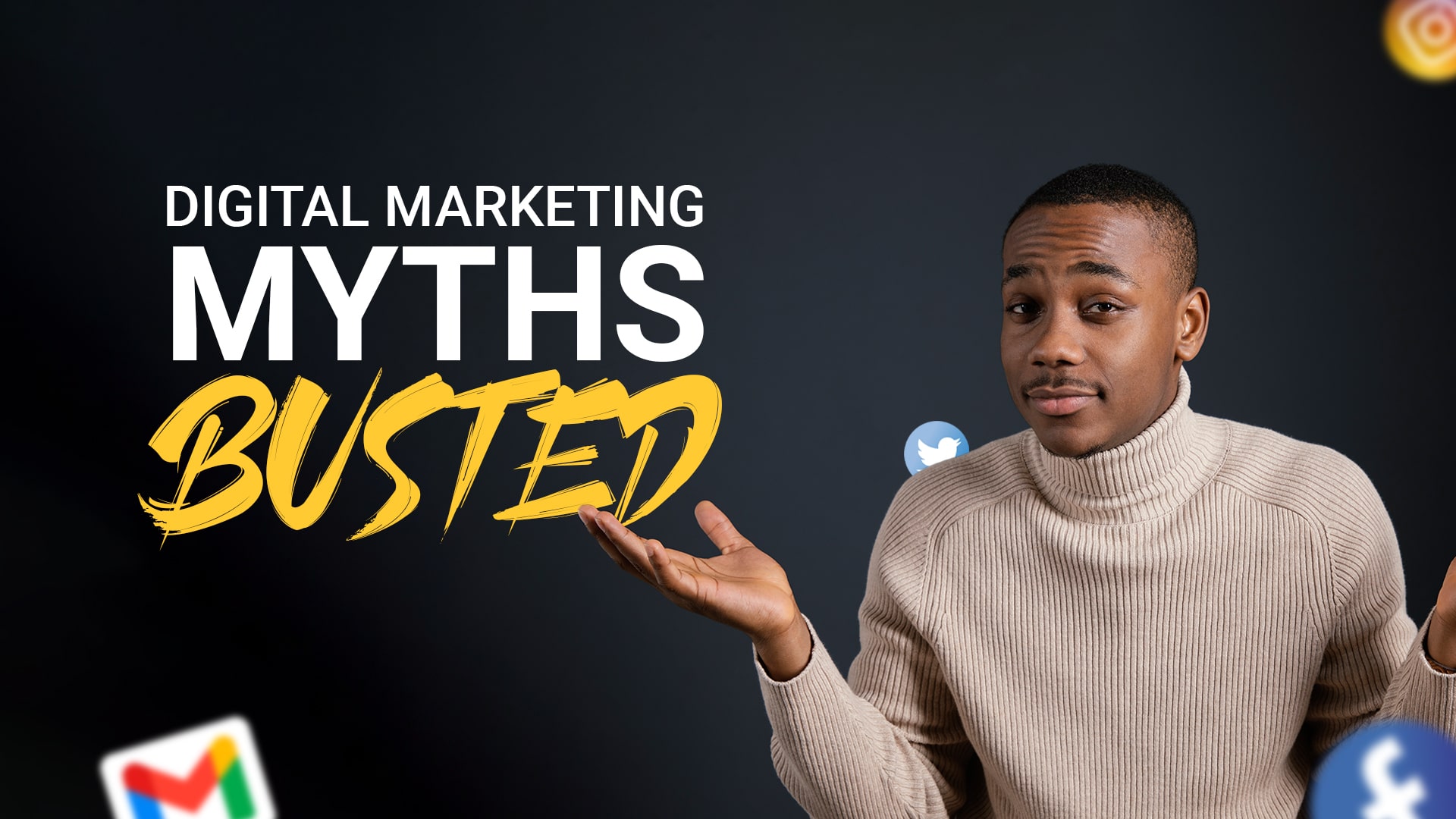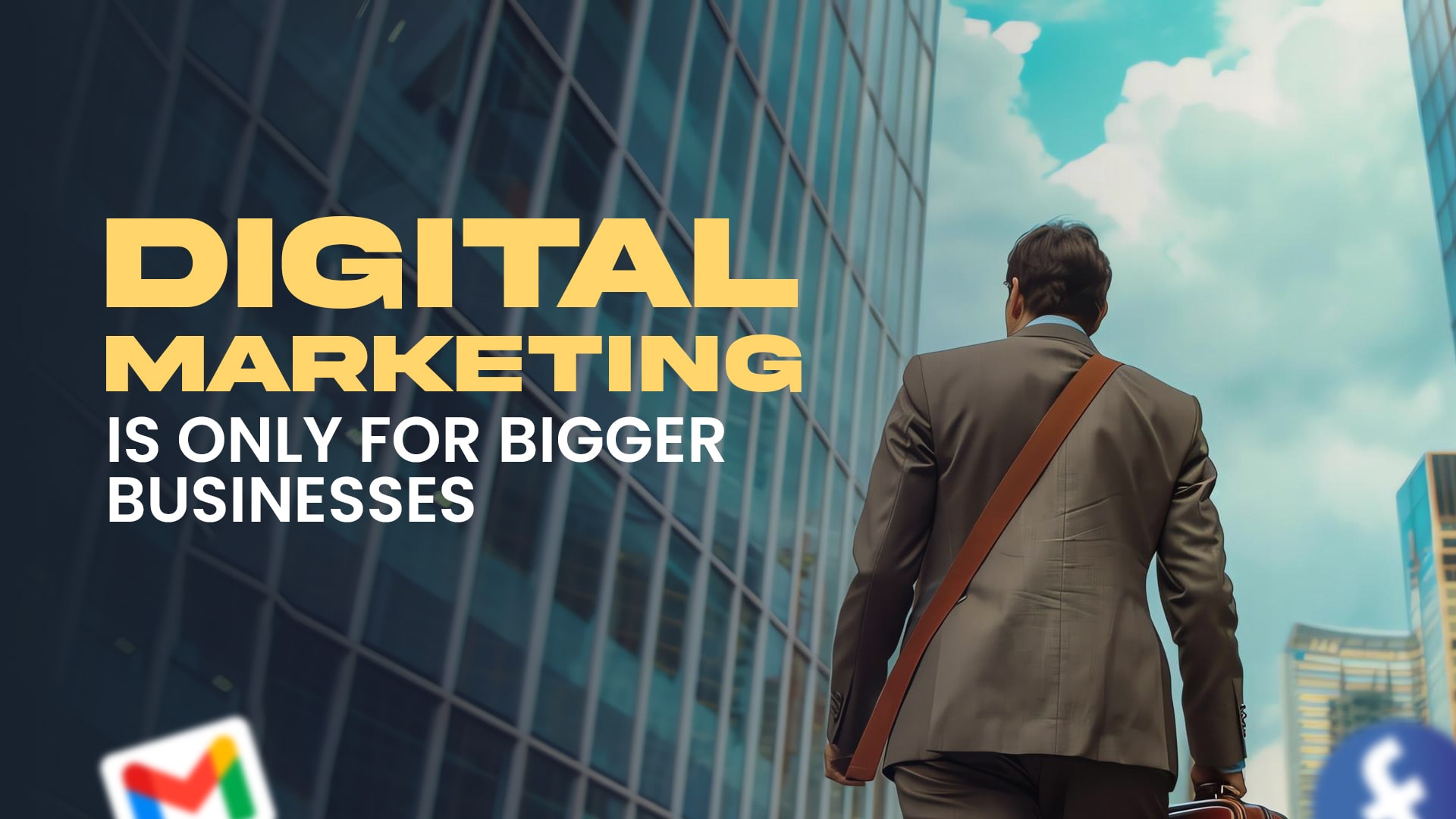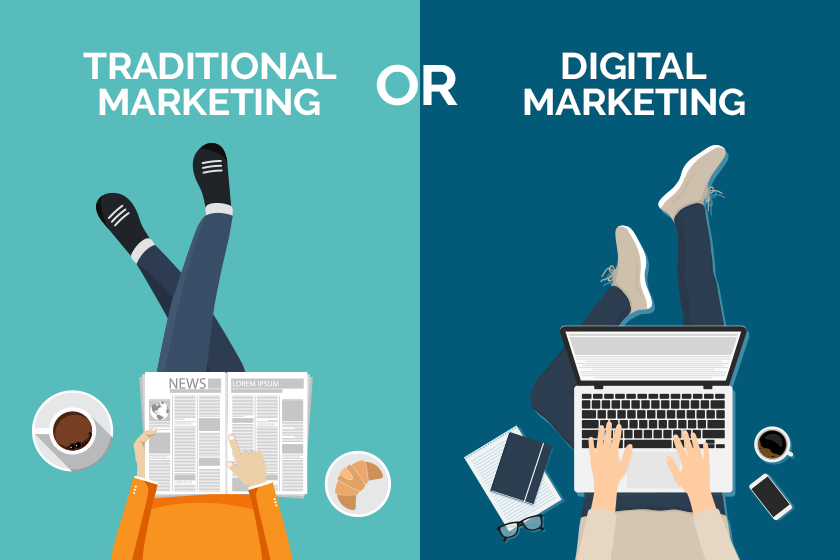 Did you know the Great Wall of China actually isn’t visible from space? At least not to the naked eye.
Also: bats aren’t blind, Viking helmets didn’t have horns, and toilet water in the Southern hemisphere does NOT rotate the other direction.
We love busting myths!
So, in this article,we’re going to take 5 of the most commonly held beliefs about digital marketing and hold them up to the light.
The internet is so full with information that it’s simple for marketing falsehoods to catch on fire. To dispel these myths, we need to be proactive in our efforts. Join me as we dispel the top 5 fallacies around digital marketing and give you useful, workable solutions that will let you take control of your marketing approach.
Did you know the Great Wall of China actually isn’t visible from space? At least not to the naked eye.
Also: bats aren’t blind, Viking helmets didn’t have horns, and toilet water in the Southern hemisphere does NOT rotate the other direction.
We love busting myths!
So, in this article,we’re going to take 5 of the most commonly held beliefs about digital marketing and hold them up to the light.
The internet is so full with information that it’s simple for marketing falsehoods to catch on fire. To dispel these myths, we need to be proactive in our efforts. Join me as we dispel the top 5 fallacies around digital marketing and give you useful, workable solutions that will let you take control of your marketing approach.

Myth # 1: Digital marketing is only for bigger businesses
One of the most widespread misconceptions we encounter or hear is the idea that only larger organizations can afford or reap the benefits of digital marketing. While it’s true that larger businesses are typically able to afford to invest heavily in costly advertising campaigns and optimize their presence on all social media channels, including their website, smaller businesses can still reap significant benefits from digital marketing. This does not require them to make large financial investments. Establishing a social media account and building an excellent mobile-friendly website (ensuring that it loads quickly and that the pages adjust to the size of the screen, among other things) is a positive first step. Free social media sites are available, and hosting for websites is not too expensive. Without breaking the bank, you can begin with the fundamentals. It is far better for your company to just have an internet presence than none at all. Regardless of size, digital marketing and a strategy may help businesses of all kinds. This will put you miles ahead of your rivals who continue to think that digital marketing is ineffective! Myth # 2: Digital marketing results cannot be tracked
A prevalent misconception regarding digital marketing is that since there is nothing tangible to observe, the results cannot be monitored. On the other hand, practically anything may be monitored, including the bounce rate, the sites that users clicked on, and the quantity of visitors to your website. You may even monitor your campaigns to determine which elements are profitable and effective, as well as which ones are not. A website with strong search engine optimization (SEO) will receive more natural traffic than one with weak SEO. You can gain insight into your website’s reach and the paths customers have traveled to visit your website and make a purchase by utilizing free tools like Google Analytics. Tracking all of this is a terrific method to expand your audience and strengthen your brand.Myth #3: ”I Can Use the Same Content Marketing Strategy as Other Companies”
Whether you run a multi-million dollar company or a five person firm, you have to figure out what works best for you and stay on that path. Just because something works well for one company doesn’t mean that it will work well for you. Like anything in this business, you have to work at it through trial and error.

 Traditional marketing is marketing that isn’t online. Marketers reach potential customers through printed media, television, radio, direct mail, phone calls, or billboards. Digital marketing is marketing that is exclusively online. Digital marketers focus on potential customers who engage with online content, including search engine results, email, video, blogs, or social media.
This reading describes the advantages digital marketing has over traditional marketing and some definite challenges, too.
Traditional marketing is marketing that isn’t online. Marketers reach potential customers through printed media, television, radio, direct mail, phone calls, or billboards. Digital marketing is marketing that is exclusively online. Digital marketers focus on potential customers who engage with online content, including search engine results, email, video, blogs, or social media.
This reading describes the advantages digital marketing has over traditional marketing and some definite challenges, too.